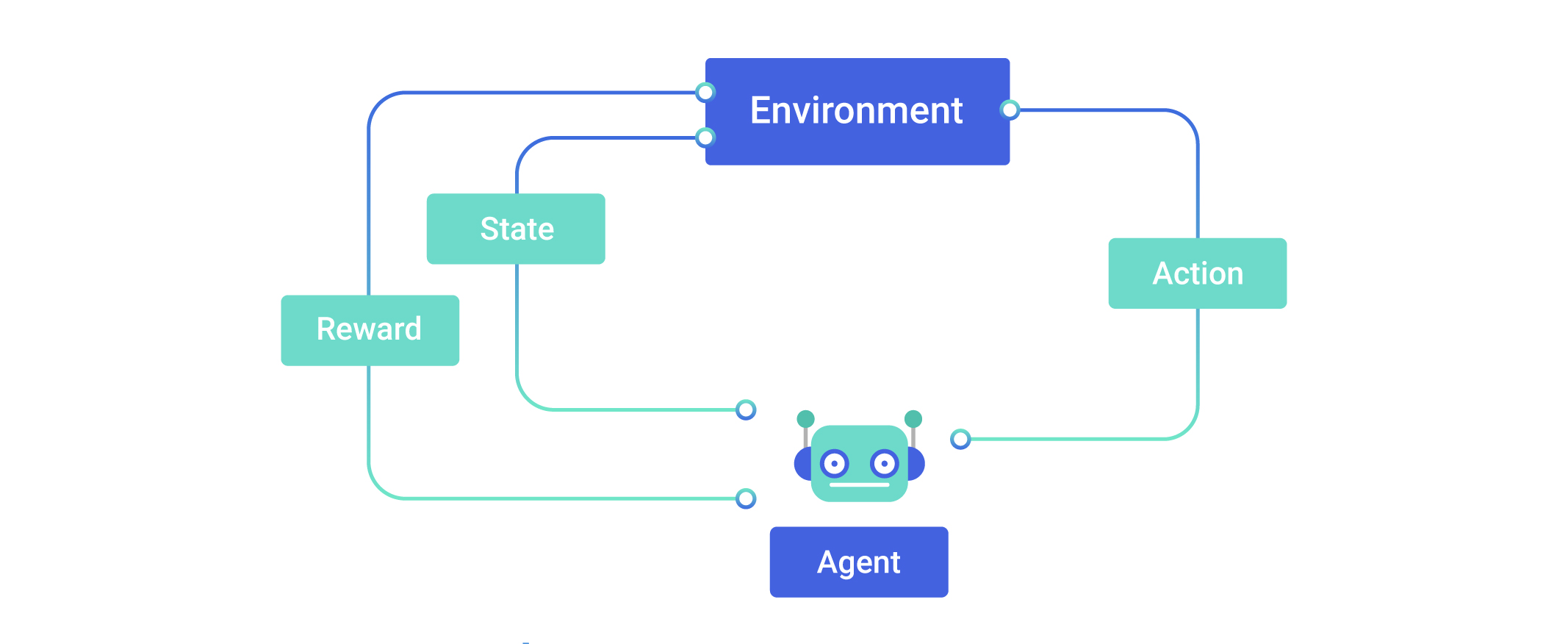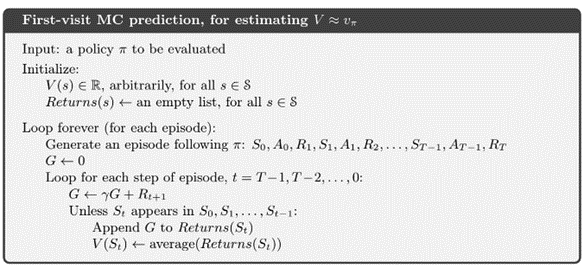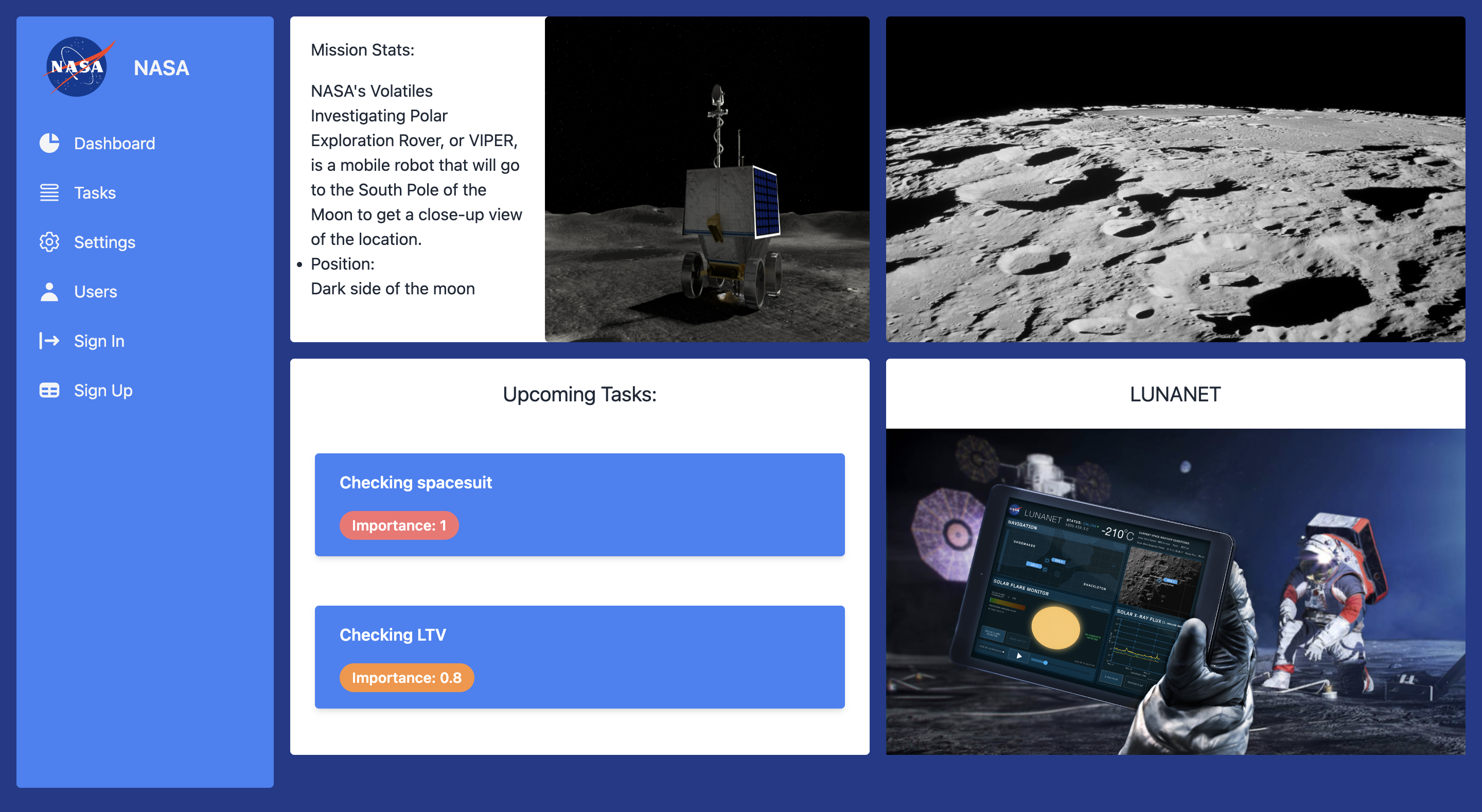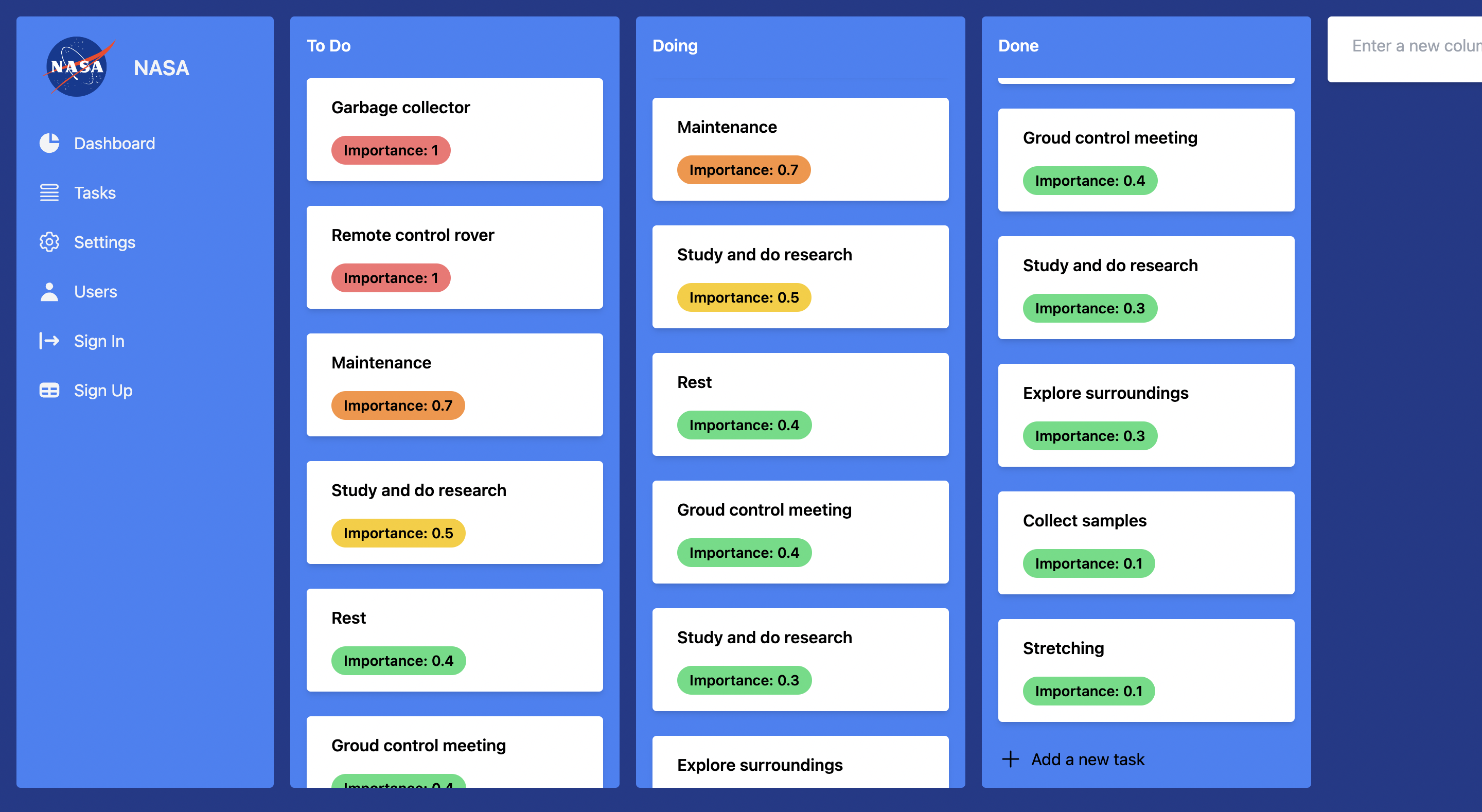Phoebe is a reinforcement learning agent designed to optimize and help astronauts and NASA ground control to perform various decision-making tasks on the ARTEMIS Lunar Mission.
Phoebe is built with Python, Flask, and Vue.js, it is built to be compatible with NASAs open mission control platform, see more here
Phoebe performs Multiple Tasks
Use the package manager pip to install packages from requirements.txt.
pip install -r requirements.txtto run this api
python app.pyThis section is a flask API for the Phoebe computation and responses Phoebe takes an image as in input, which is the mars surface seen by the VIPER rover This image is segmented into multiple tiles and converted to a Numpy array taking into consideration the terrain changes Phoebe agent then tries different policies on each segment to deduct the optimal path between each tile on that image corresponding to the moon surface zones.
Phoebe also has a simple task rearrangement based on priority and given conditions like ( sun position, atmosphere state, astronaut physiological shape, priority, and unexpected conditions ) to change the order and priority of the different tasks required to be done by the astronauts.
API endpoints
# '/'
Returns a JSON response of basic info about the Phoebe project
# '/path/'
Returns the optimal path for each segment of the last inputted image by the VIPER rover
# '/tasks/'
Updates the last tasks updates depending on the various inputs and conditions given
and returns newly updated task lists to arrange them in the interfacePull requests are welcome. For significant changes, please open an issue first to discuss what you would like to change.
Please make sure to update tests as appropriate.
Simplified Image for how Reinforcement Learning agents work
Phoebe was based on the Monte Carlo algorithm
Policy Iterations help us pick the optimal policy for each tile
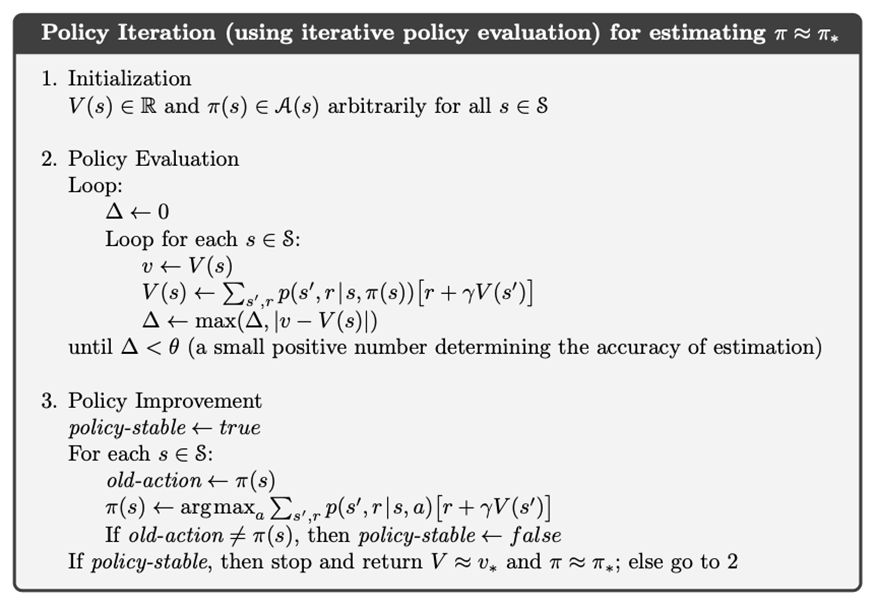
LUNANET: Openmct: Open MCT (Open Mission Control Technologies) is a next-generation mission control framework for visualization of data on desktop and mobile devices
[1]https://www.nasa.gov/feature/goddard/2021/lunanet-empowering-artemis-with-communications-and-navigation-interoperability [2]https://independentaustralia.net/business/business-display/lunanet-developing-internet-for-the-moon,16716 [3]https://github.com/nasa/openmct
Volatiles Investigating Polar Exploration Rover (VIPER) [4]https://www.nasa.gov/viper/lunar-operations#route [5]https://www.nasa.gov/feature/ames/nasas-viper-prototype-motors-through-moon-like-obstacle-course
Base Camp Management [6]https://www.smithsonianmag.com/science-nature/four-things-weve-learned-about-nasas-planned-base-camp-on-the-moon-180980589/ [7]https://www.smithsonianmag.com/air-space-magazine/tools-of-the-astronaut-trade-15273242/ [8]https://blogs.nasa.gov/artemis/2020/10/28/lunar-living-nasas-artemis-base-camp-concept/
